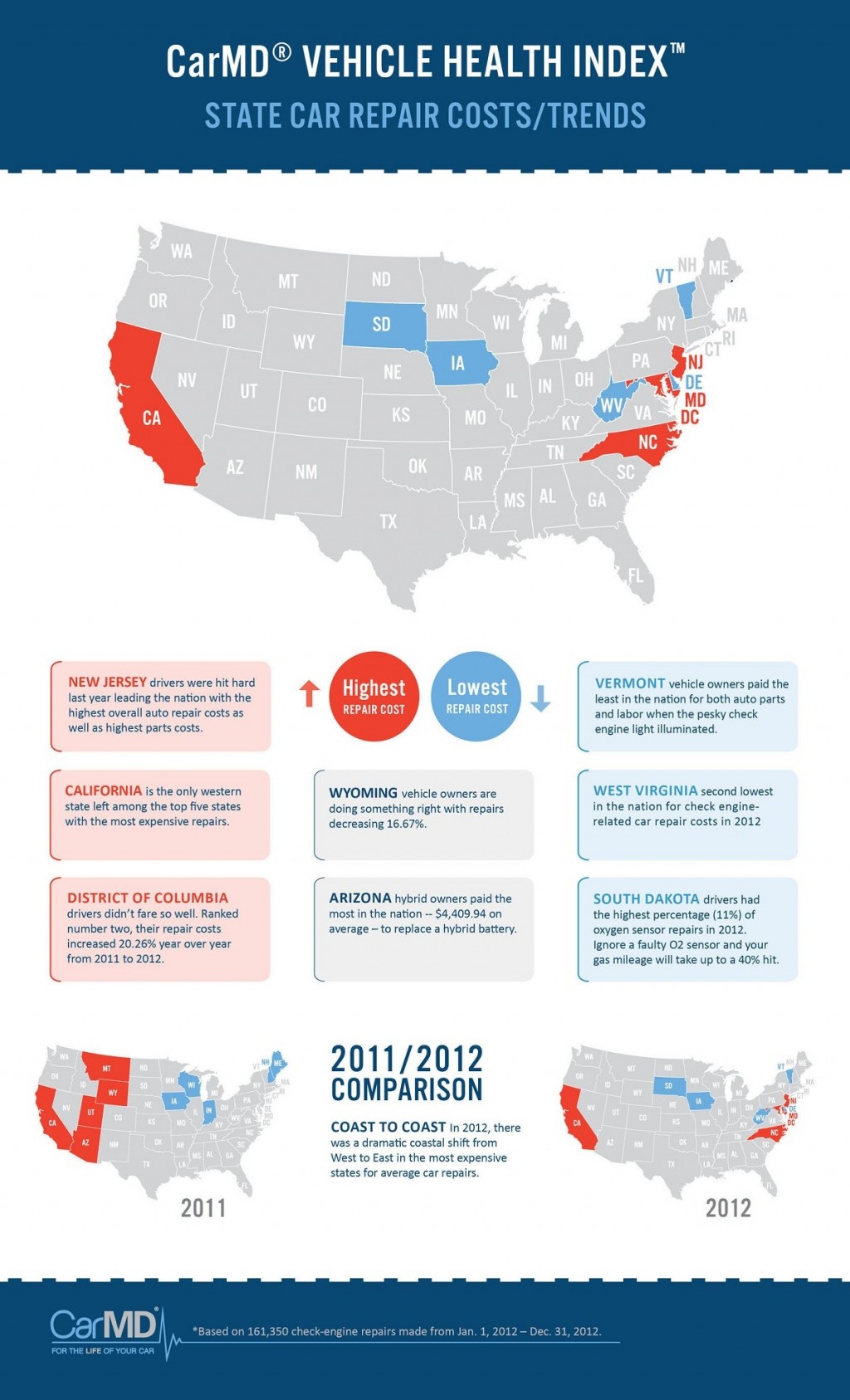Comprehending Your Auto'S Warning Lighting: What Do They Truly Mean?
Comprehending Your Auto'S Warning Lighting: What Do They Truly Mean?
Blog Article
Personnel Writer-Lauritsen Corbett
When you're behind the wheel, those beautiful warning lights on your control panel can be a little bit puzzling. Do you recognize what they're attempting to inform you about your automobile's health? Understanding the significance of these lights is essential for your safety and the longevity of your car. So, the following time among those lights appears, wouldn't you intend to decode its message properly and take the required steps to address it?
Common Caution Lighting and Interpretations
Determine typical warning lights in your automobile and understand their definitions to ensure secure driving.
The most typical warning lights consist of the check engine light, which signifies concerns with the engine or emissions system. If this light begins, it's critical to have your automobile examined without delay.
The oil stress alerting light suggests reduced oil pressure, calling for prompt interest to stop engine damage.
A flashing battery light could recommend a malfunctioning billing system, possibly leaving you stranded otherwise attended to.
The tire pressure tracking system (TPMS) light notifies you to reduced tire stress, impacting car security and fuel effectiveness. Ignoring this might result in hazardous driving conditions.
The ABS light suggests a trouble with the anti-lock braking system, jeopardizing your capability to quit quickly in emergency situations.
Last but not least, the coolant temperature cautioning light warns of engine getting too hot, which can cause extreme damage otherwise dealt with quickly.
Comprehending these usual warning lights will aid you address concerns quickly and maintain safe driving conditions.
Relevance of Prompt Attention
Comprehending the typical caution lights in your cars and truck is just the initial step; the significance of promptly addressing these cautions can't be stressed enough to ensure your security when traveling.
When a caution light illuminates on your control panel, it's your automobile's way of communicating a potential issue that needs interest. Ignoring these warnings can bring about extra serious troubles down the road, jeopardizing your safety and potentially costing you more out of commission.
Prompt attention to alerting lights can prevent failures and crashes. As an example, a blinking check engine light could indicate a misfire that, if left neglected, can create damage to the catalytic converter. Resolving this quickly can conserve you from a costly repair work.
In a similar way, a brake system alerting light might signify reduced brake liquid or worn brake pads, crucial elements for your safety and security when driving.
Do It Yourself Troubleshooting Tips
If you see a caution light on your control panel, there are a couple of do it yourself fixing suggestions you can attempt before seeking professional assistance.
The first step is to consult your car's guidebook to comprehend what the certain warning light shows. In some cases the problem can be as straightforward as a loosened gas cap triggering the check engine light. Tightening the gas cap may settle the trouble.
汽车美容 is a low battery, which can trigger various alerting lights. Checking auto upholstery cleaning for corrosion and guaranteeing they're protected may repair the problem.
If a warning light persists, you can try resetting it by detaching the automobile's battery for a few minutes and then reconnecting it. In addition, examining your automobile's liquid degrees, such as oil, coolant, and brake liquid, can assist troubleshoot advising lights related to these systems.
Final thought
In conclusion, comprehending your automobile's warning lights is essential for maintaining your vehicle running efficiently and securely. By without delay attending to these informs and knowing what they mean, you can avoid pricey repair work and prospective malfunctions.
Bear in mind to consult your auto's guidebook for specific details on each warning light and act appropriately to ensure a trouble-free driving experience.
Stay notified, stay secure when driving!
